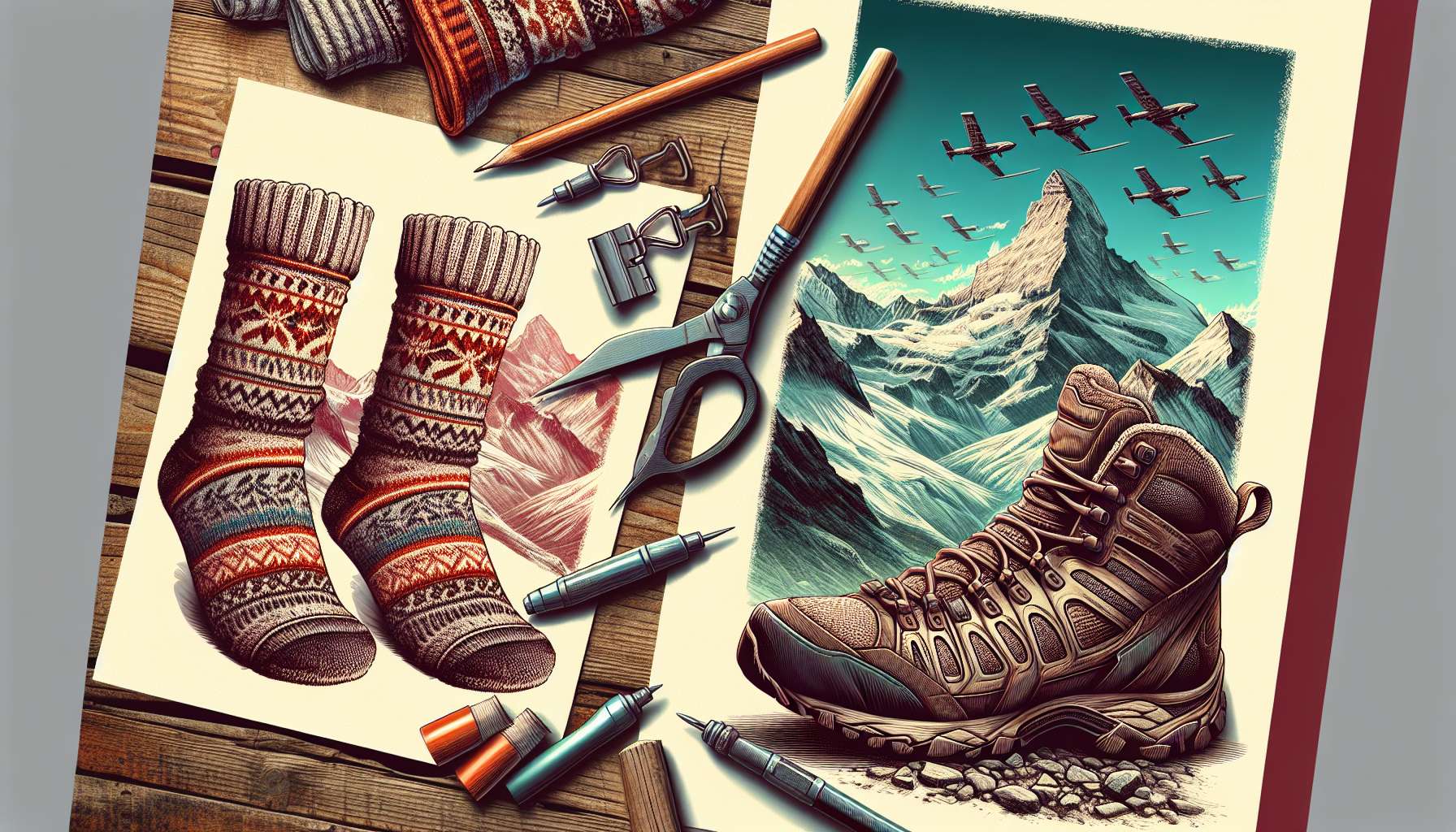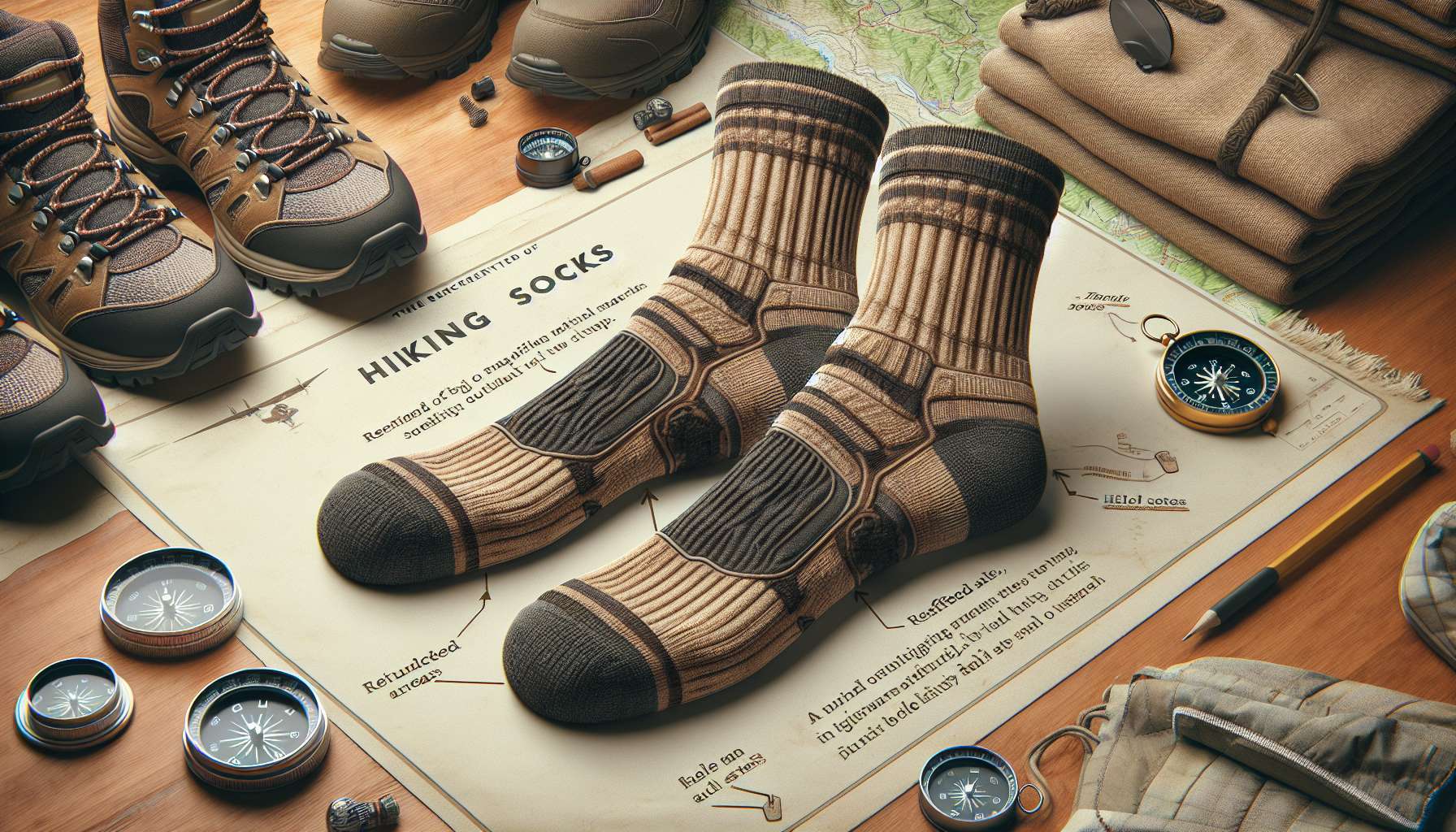The Complete Guide to Ice Axes: History, Applications, and Techniques
Ice axes are essential tools for mountaineers, ice climbers, and winter sports enthusiasts. These versatile instruments have a long history of aiding adventurers in navigating challenging icy terrains, scaling frozen waterfalls, and conquering snow-covered peaks. In this comprehensive guide, we will delve into the world of ice axes, exploring their origins, various types, uses, and techniques. Whether you are a seasoned climber or a novice explorer, this article will provide you with a deep understanding of this indispensable piece of equipment.
The Evolution of Ice Axes
The history of ice axes can be traced back to the early days of mountaineering. In the 19th century, pioneers such as Edward Whymper and Albert Mummery relied on rudimentary tools to tackle the icy slopes of the Alps. These early ice axes were simple wooden shafts with a metal pick at one end, providing climbers with stability and support on treacherous terrain.
As mountaineering evolved into a popular sport, so did the design of ice axes. Modern ice axes are made from lightweight materials such as aluminum and carbon fiber, making them more durable and easier to carry. The addition of ergonomic handles and adjustable shafts has improved the comfort and performance of ice axes, allowing climbers to tackle even the most challenging routes with confidence.
Types of Ice Axes
There are several types of ice axes available, each designed for specific purposes and terrains. The most common types include:
Mountaineering Ice Axes
Mountaineering ice axes are versatile tools that can be used for a variety of purposes, including self-arrest, anchoring, and cutting steps in snow and ice. These axes typically have a curved pick for better penetration in hard ice and a straight shaft for efficient placement in softer snow.
Technical Ice Axes
Technical ice axes are designed for steep ice climbing and mixed terrain. These axes have a more aggressive pick angle and a shorter shaft for increased control and precision. Technical ice axes often feature a modular design, allowing climbers to customize the tool for different types of ice and rock.
Ice Climbing Tools
Ice climbing tools are specialized ice axes with a hammer or adze attachment for clearing ice and snow. These tools are essential for scaling frozen waterfalls and vertical ice walls. Ice climbing tools come in various shapes and sizes, depending on the climber’s preferences and the type of terrain.
Techniques for Using Ice Axes
Using an ice axe requires skill, practice, and proper technique. Here are some essential tips for using an ice axe effectively:
Self-Arrest
Self-arrest is a crucial skill for mountaineers and climbers in case of a fall on steep terrain. To perform a self-arrest, hold the ice axe firmly in the self-belay position and use the pick to dig into the ice or snow. Roll onto your stomach and press the shaft of the axe against your body to slow down and stop your fall.
Ice Axe Placement
Proper ice axe placement is essential for stability and security while climbing. When swinging the ice axe, aim for solid ice or snow that can support your weight. Position the pick at a slight angle to the surface and use your body weight to drive it into the ice. Maintain a firm grip on the shaft and avoid over-gripping, which can tire your arms and hands quickly.
Climbing Techniques
When climbing steep ice or mixed terrain, use a combination of front-pointing and daggering techniques to maintain balance and control. Front-pointing involves kicking your crampons into the ice and using your ice axes for balance and support. Daggering involves plunging the shaft of the ice axe into the snow for stability while climbing vertical sections.
Applications of Ice Axes
Ice axes are used in a wide range of outdoor activities, including:
Mountaineering
Mountaineers rely on ice axes to navigate glaciers, crevasses, and steep snow slopes. Ice axes provide stability and support in challenging alpine environments, allowing climbers to ascend and descend safely.
Ice Climbing
Ice climbers use specialized ice axes and tools to scale frozen waterfalls and vertical ice walls. Ice climbing requires strength, agility, and technical skill, making it a popular winter sport for thrill-seekers.
Ski Mountaineering
Ski mountaineers often carry ice axes for traversing icy ridges, ascending steep couloirs, and navigating technical terrain. Ice axes provide additional security and traction in icy conditions, enhancing the skier’s ability to tackle challenging slopes.
Expert Opinions on Ice Axes
We reached out to renowned mountaineer and ice climber, Alex Honnold, for his insights on the importance of ice axes in the world of climbing. According to Honnold, “Ice axes are essential tools for navigating complex ice and mixed terrain. Having the right tool for the job can make all the difference in a successful ascent or descent.”
Another expert, Emily Harrington, a professional rock climber and mountaineer, shared her thoughts on the evolution of ice axes in recent years. “The advancements in ice axe design have revolutionized the way climbers approach challenging routes. With lightweight materials and ergonomic features, modern ice axes offer improved performance and comfort for climbers of all levels.”
Common Misconceptions about Ice Axes
One common misconception about ice axes is that they are only used for self-arrest in case of a fall. While self-arrest is a critical skill, ice axes have multiple functions, including anchoring, cutting steps, and providing stability while climbing. Understanding the versatility of ice axes is essential for climbers looking to maximize their efficiency and safety on the mountain.
Comparative Analysis of Ice Axes
When comparing different types of ice axes, it is essential to consider factors such as weight, length, pick design, and shaft material. Mountaineering ice axes are typically longer and lighter for general use, while technical ice axes are shorter and more specialized for steep terrain. Ice climbing tools are heavier and feature specialized attachments for clearing ice and snow.
Mountaineering Ice Axe
Weight: 400-600 grams
Length: 60-70 cm
Pick Design: Curved for penetration
Shaft Material: Aluminum or carbon fiber
Technical Ice Axe
Weight: 300-500 grams
Length: 50-60 cm
Pick Design: Aggressive angle for steep terrain
Shaft Material: Aluminum alloy
Ice Climbing Tool
Weight: 600-800 grams
Length: 45-55 cm
Attachment: Hammer or adze for clearing ice
Shaft Material: Carbon fiber composite
Frequently Asked Questions about Ice Axes
Q: Can I use a mountaineering ice axe for ice climbing?
A: While mountaineering ice axes are versatile tools, they are not designed for technical ice climbing. It is recommended to use specialized ice climbing tools for steep ice and mixed terrain.
Q: How do I choose the right ice axe for my needs?
A: Consider the type of terrain you will be climbing, your level of experience, and the features of the ice axe, such as weight, length, and pick design. Consult with a professional climber or gear expert for personalized recommendations.
To Wrap Things Up
Ice axes are indispensable tools for mountaineers, ice climbers, and outdoor enthusiasts. From their humble beginnings in the 19th century to the modern innovations of today, ice axes have played a vital role in the exploration and conquest of icy landscapes. By understanding the history, types, techniques, and applications of ice axes, climbers can enhance their skills, safety, and enjoyment of the mountains.
Whether you are a seasoned climber looking to upgrade your gear or a beginner seeking to learn more about ice axes, this guide has provided you with a comprehensive overview of this essential tool. Remember to practice proper techniques, seek guidance from experts, and always prioritize safety while using ice axes in the mountains. Happy climbing!




